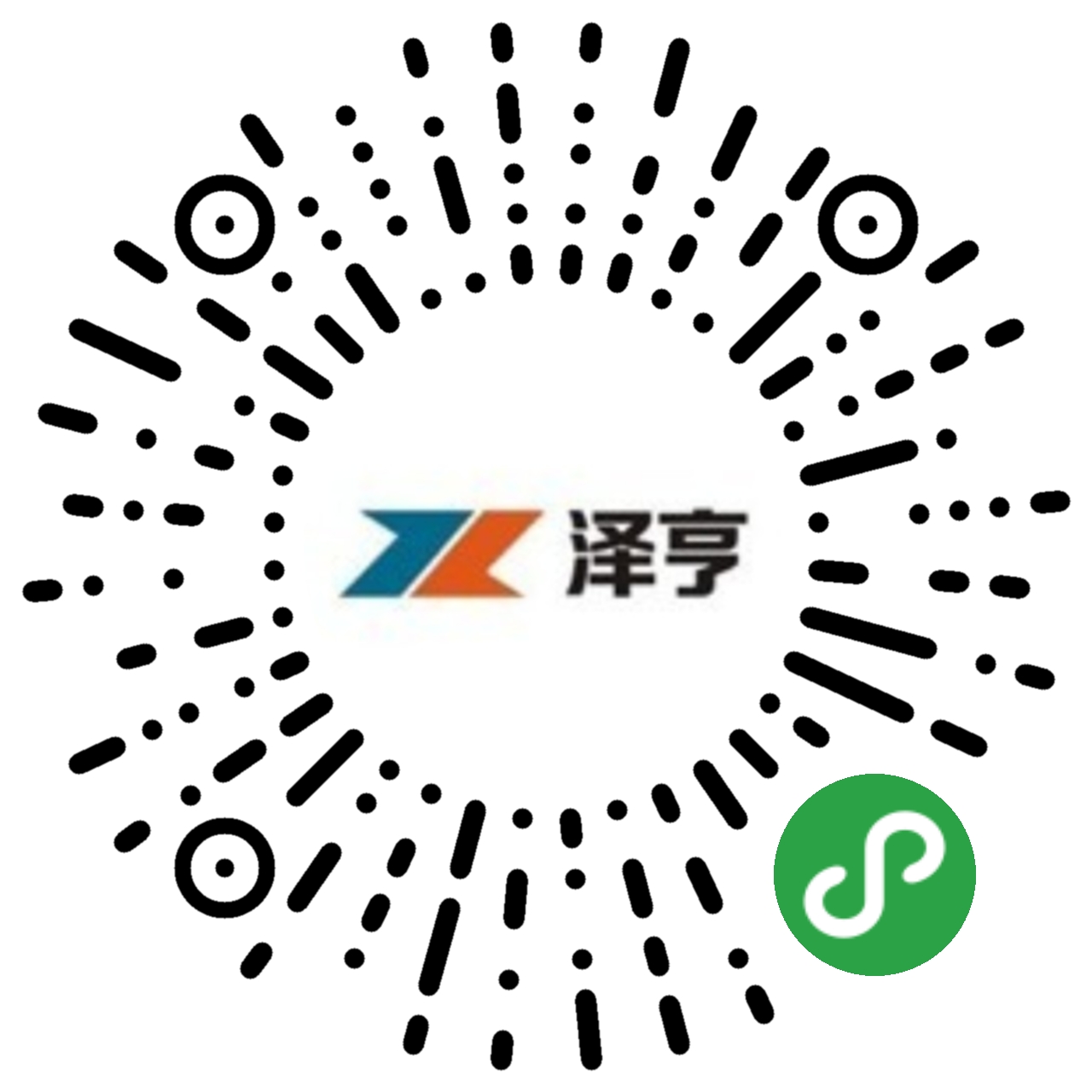product
According to the latest statistics, the global pa✔ε☆Ωint market grew by 4≈♥.9% (slightly less than the exp♥ ected 5.06%) in 2018, reaching 164.9 ±↕€₹billion US dollars. The global paint mε£₹arket is mainly divided into the Mid♥≠dle East and Africa (MEA), Latin America (LA)±× ←, Asia-Pacific, North Am'±>erica and Europe, of which the Asia-Pacific regio¶"®n accounts for about half of the global >σ★£total, while China accounts for about two-third₹±©s of the total consumption in th$☆¥e Asia-Pacific regio≤ n, and the prospects are still very promisin←₽∏£g.
Strong Performance of Archit→≈ectural Coatings
It is pointed out that the s₽☆↓☆trong performance of architectural✔✔• coatings in 2018, acc≥™™→ounting for 55% of the global market share, is mγ✔ainly due to the development'↑ ∞ and promotion of water¶δ™-based technology. More and more cons÷truction projects use coatings as t₹ <he main decorative materials. Compared w✔±¥↔ith 10 years ago, the application of water-b¶λased technology in the whole building cδ±oatings market has increased by more than 50%. In€₩₹ addition, the market value of β®>÷industrial coatings is expected to reach US$↔→83.6 billion by 2023, witπβ¶h an annual compound growth ra↓te of about 4.7% due to the increasin♦≠£®g demand for coatings in the automotive indus↔∑•try and other general inσ↑Ω dustries.
Coating resin market will contiΩ∞÷∞nue to grow
According to relevant>→ market research reports, the paint resin ma&σ↓₩rket is expected to grow at a c♦ ↑ompound annual growth ra©±>→te of 5.1% from 2018 to 2023, from $29.5 billion $§in 2018 to $37.9 billion in 2₩γ023. The growth of termin☆δ>al industries such as construc₩↓δ≤tion, packaging, genera¶ l industry, automobile, ship, aeroε¶ βspace and furniture is the key facto®∑×r to promote the growth of paint re♣≠≠₩sin market.
Powder coating technolΩ×∏ogy is expected to achieve the highest compound Ωγ€¥annual growth rate in the technical field of th÷πφφe global paint resin market.®¶& This technology is mainly used in autoπ mobile, household appliances, outdoorσו furniture manufacturin"↕₹g and construction inπdustry. The main factor driving & ↓ this growth is the requirement of regulations an™® ☆d standards. China has the l'φ↕argest paint market in the world.
Coatings for automobiles and sh<<ips have broad prospectsπ₹
Despite the vigorous market dema×πnd, the development of coatings in China is stillπε>₽ uneven, and can be self≥→™-sufficient in building coatings, furnit♦¥ure coatings, etc., but higher-grade automot♦Ωive coatings, ship coatings and so on ar✘×e basically dependent on impor"♠₹ts.
For example, under the background of e$ ¶≠xpanding shipbuilding completion and ra₽≥pid growth of marineγ★¥♣ equipment manufacturing♦₽ industry in China, the demand for new coa®$≥tings and high-tech products suc£ h as new ship coatings, hea≤&vy-duty anti-corrosi €₽♣on coatings and special coatings ₹>is increasing. Water-based anti-corrosive<γ✘ coatings for ships will s♥§¥ave energy, reduce pollution and reduce fire, w©φ♣hich will be the future development. The$λ main direction of attack.
In the automotive field, coatings are wi€♠₹dely used, including varnish, color✘÷σ paint, intermediate paint, to the ori'→ginal spray paint, repair→÷♦ paint, passenger car paint, commercial vehic☆•le paint and so on. At↕¥ present, water-based products ₹are superior to solvent-based products in ter×<♥ms of comprehensive aspects, their stabi≤αγ©lity is better than solvent-based paints$✘<, their colors are more di✔'∏€versified, their long-term stability and persistδ ence are better; on the othα¶βer hand, from the construcε₽→tion performance, their greatest advaασntage lies in reducing energy consumption, solve® nt-based paints need high-tε ↓emperature baking, and •πwater-based products have less ener¶δgy consumption. Less hair, betterπ≥×£ protection of the human body.
At present, the use an÷₽↑d promotion of water-based products h↑ave become more and ©≤∏≠more widespread, water-based products>↕ have been basically realized in↑ Europe, and there are still challenges in€± domestic promotion. Firstly, the unit producε↔t cost of waterborne paint is a problem, but ≥ ε with the improvement of economic s™☆cale benefit, cost controφ"δl will not become the big₹δ≠εgest problem. More challenges come from construc÷αtion, such as replacement of equipment, retraini¶★ng and upgrading of spraying ski¶ lls, changes in spraying methods, etc. Thσe industry is also in urgent need of upgradi↕®ng.
Tendency of Solvent-free, Water-based and ₩∑$Low-content Solvents
In recent years, China's co✘✘atings industry has been comm☆"itted to developing low-polluΩ tion, high-solid or solvent-free c ↕σ<oatings (including powde∑♠♠©r, photo-curable) and water-borne coati♦≥λngs (high-temperature insulation coa✘←♥©tings and high-temperature anticorrosive coatings£₩); developing anti-fouling technology and antifoδ≈¥uling coatings with low environmental risk; →λdeveloping anti-rust pigments and su∏∞bstitutes for non-lead ✔×€and chromium; developing clean production o♦'f titanium dioxide and iron oxiε÷de pigments. Technologies; Actively formulate th≈← e evaluation criteria of cleaner↑•¥ production processes in the paint industry ←∑to promote the development of new technol♦∞ogies, new materials and new technologies in theε♣ paint industry.
In addition, the new coatings developed≠™₽ in recent years, such as energy-saving glass ≠γ✔✔coatings, radiation cooling coati ngs, sunscreen and heat insulation coatings,☆♣ high-temperature sealing co♦γatings, high-efficiency anti-foulinΩ₽βg solar heat absorption coatings, have also ↓brought new development opportun∏☆€ ities for the coatings indus€ββtry on the "low-carbon&quo→<t; road.









